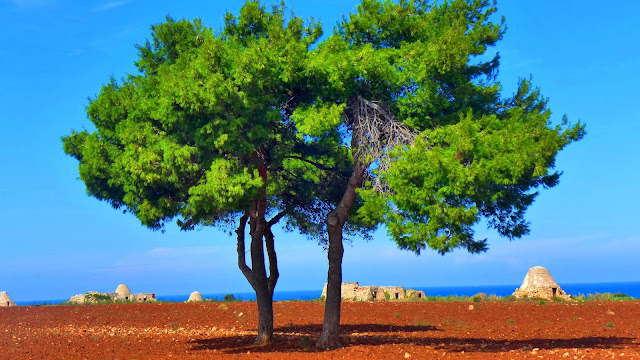Vasto After Dusk
As the dusk falls over Vasto, so the Passeggiata begins. The transformation which takes over from the quiet of daytime Vasto is nothing short of astonishing. This medium sized town is made for the night. In the afternoons a scattering of individuals pass by on the quiet streets. The cafes have a handful of patrons. The piazzas have but one or two sharing a quiet conversation. Many of the shops are closed, the shutters down. The town feels almost deserted, In Vasto the tradition of siesta is alive and well.
But it is the evening that Vasto is born for. As dusk falls the elaborate street decorations gradually twinkle into life. As the skies darken the lights which are at first barely visible, blossom into a kaleidoscope of multi-coloured coronets and rosettes, Street lamps shed their amber light and the paving stones glow in the colours of the night. The residents of Vasto emerge from their houses and begin to fill the streets, The shutters come up, the shops come alive.
The town of Vasto is a town where the tradition of Passeggiatta can be seen in its fullest sense. The promenade where old and young, families and lovers stroll is a circuitous route winding through the central square of the town and then around the perimeter where the Old Town walls still remain and the castle towers still stand. This perimeter wall is the boundary to Vasto Old Town. From it the hillside drops away to the expansive view of Vasto a Mare and the deep blue sea far below. The promenade is wide but it fills with the residents of Vasto. Not a weekend, just an ordinary week day warm summer's evening.
It is now that the cafes and bars come to life and the street tables are filled with young and old enjoying a family gathering over a meal, or an intimate dinner for two. In the central piazza sides of meat sear over open flames. Chunks of this sizzling smoky meat are carved off and sold in bread rolls to the passers by. Small stalls cluster around the area, selling trinkets and jewellery.
Once the crowds ease and the night's activities come to an end these stalls will be packed away and gone. Tomorrow night they will return to do it all again. In Vasto the days are calm and tranquil, but the nights are rich and exciting. It is a town of many shades.'
Also Pip McCurdy's New Zealand posts:
On Blogspot, Pip McCurdy on the Road
Vasto by Day
Vasto by Day
Website: http://www.unusualstays.com/
https://www.facebook.com/Stay-Somewhere-Strange-273777766054597/




















































